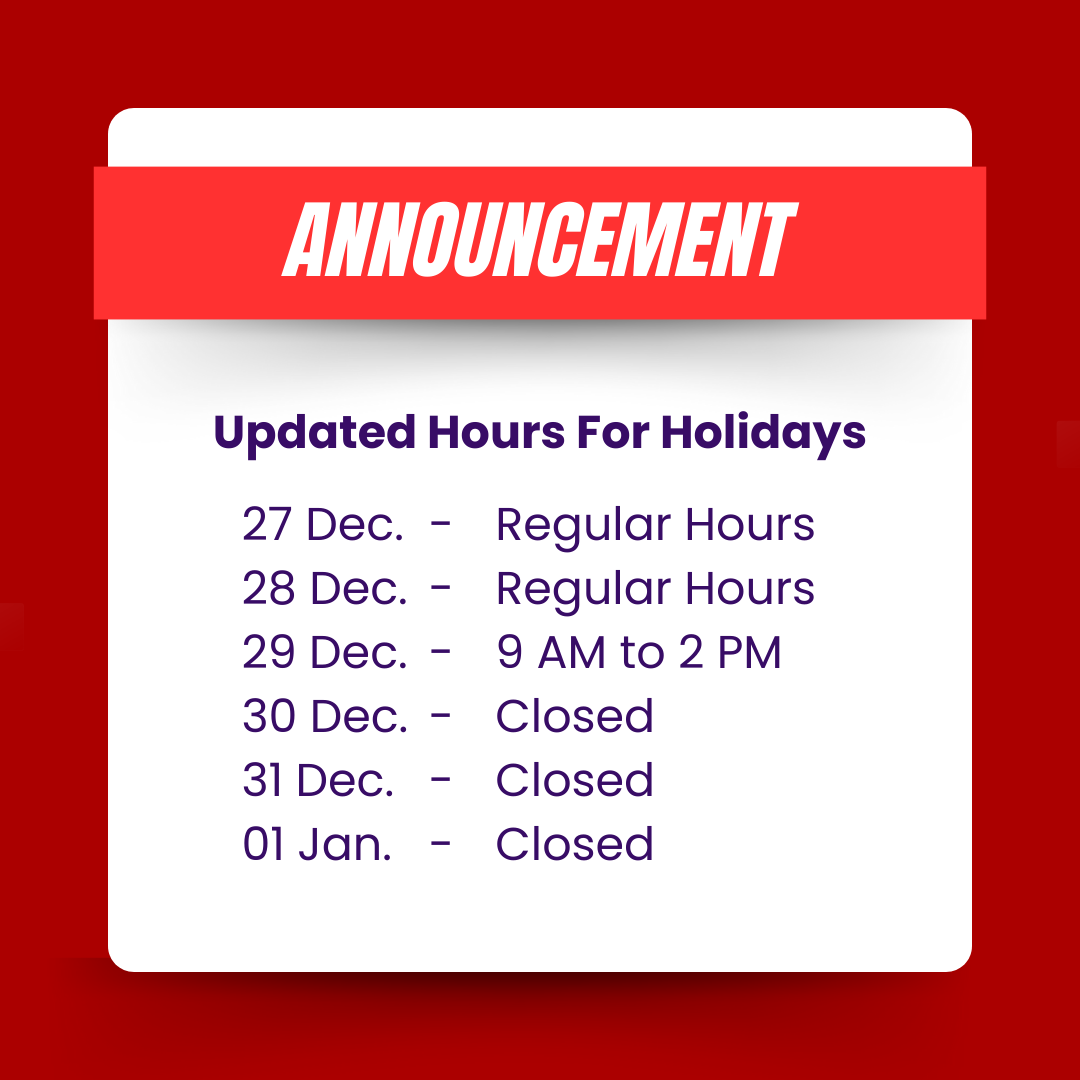In the province of Ontario, Canada, registering a license plate is a fundamental step for vehicle ownership. Whether you’re a new resident, a first-time vehicle owner, or simply need to update your registration, understanding the process is essential.
This comprehensive guide will walk you through the steps involved in registering a license plate in Ontario, ensuring a smooth and hassle-free experience. Ready to hit the road with peace of mind? Register your license plate in Ontario today and explore the best car insurance options!
Understanding License Plate Registration
Before delving into the registration process, it’s crucial to grasp the significance of license plate registration. In Ontario, license plate registration serves as proof that your vehicle meets the necessary safety and environmental standards set by the government. It also helps authorities identify your vehicle in case of emergencies, theft, or traffic violations.
Gathering Required Documentation
To initiate the license plate registration process in Ontario, you’ll need to gather specific documentation. Firstly, you’ll require proof of vehicle ownership, which typically includes a bill of sale or vehicle transfer document. Additionally, you’ll need to provide valid identification, such as a driver’s license or government-issued ID. Ensure that all documentation is current and accurate before proceeding.
Visiting ServiceOntario or Authorized Service Providers
Once you’ve assembled the necessary documentation, the next step is to visit a Service Ontario location or an authorized Service Provider. These designated centers facilitate various government transactions, including license plate registration. Before visiting, it’s advisable to check the operating hours and location nearest to you to avoid any inconvenience.
Completing the Registration Form
At the Service Ontario or authorized Service Provider location, you’ll be required to complete a registration form. This form collects essential information about the vehicle owner, such as name, address, contact details, and vehicle specifications. Take your time to fill out the form accurately, as any errors or omissions could delay the registration process.
Providing Vehicle Information
In addition to personal details, you’ll need to provide comprehensive information about the vehicle being registered. This includes the vehicle identification number (VIN), make, model, year of manufacture, and odometer reading. Providing accurate vehicle information is crucial for ensuring proper registration and compliance with regulatory requirements.
Verification and Inspection
Depending on the circumstances, your vehicle may require verification and inspection as part of the registration process. This typically applies to used vehicles, imported vehicles, or vehicles with modifications. During the inspection, a certified technician will assess the vehicle’s condition to ensure it meets safety and environmental standards.
Paying Registration Fees
Once the documentation is complete and any necessary inspections are conducted, you’ll need to pay the registration fees. The registration fee structure in Ontario varies depending on factors such as vehicle type, weight, and usage. Accepted payment methods typically include cash, debit/credit cards, or electronic funds transfer.
Receiving License Plates and Validation Stickers
After successfully completing the registration process and paying the required fees, you’ll receive your license plates and validation stickers. These items serve as physical proof of your vehicle’s registration and must be affixed to the front and rear of your vehicle as per provincial regulations. Ensure that the plates and stickers are securely attached to avoid any penalties or fines.
Understanding Renewal and Transfer Procedures
In Ontario, license plate registration is not a one-time process but requires periodic renewal. Typically, vehicle registration must be renewed annually, with renewal notices sent out by mail in advance. Additionally, if you sell or transfer ownership of your vehicle, you must promptly inform the authorities and complete the necessary transfer procedures to avoid any liabilities.
Conclusion
Registering a license plate in Ontario is a straightforward yet essential process for vehicle owners. By following the steps outlined in this guide and ensuring compliance with regulatory requirements, you can complete the registration process efficiently and enjoy the benefits of legal vehicle ownership. Remember to stay informed about renewal procedures and any changes in legislation to maintain compliance with provincial regulations. Take charge of your driving experience! Register your license plate in Ontario today, and then compare car insurance quotes for the best coverage.







